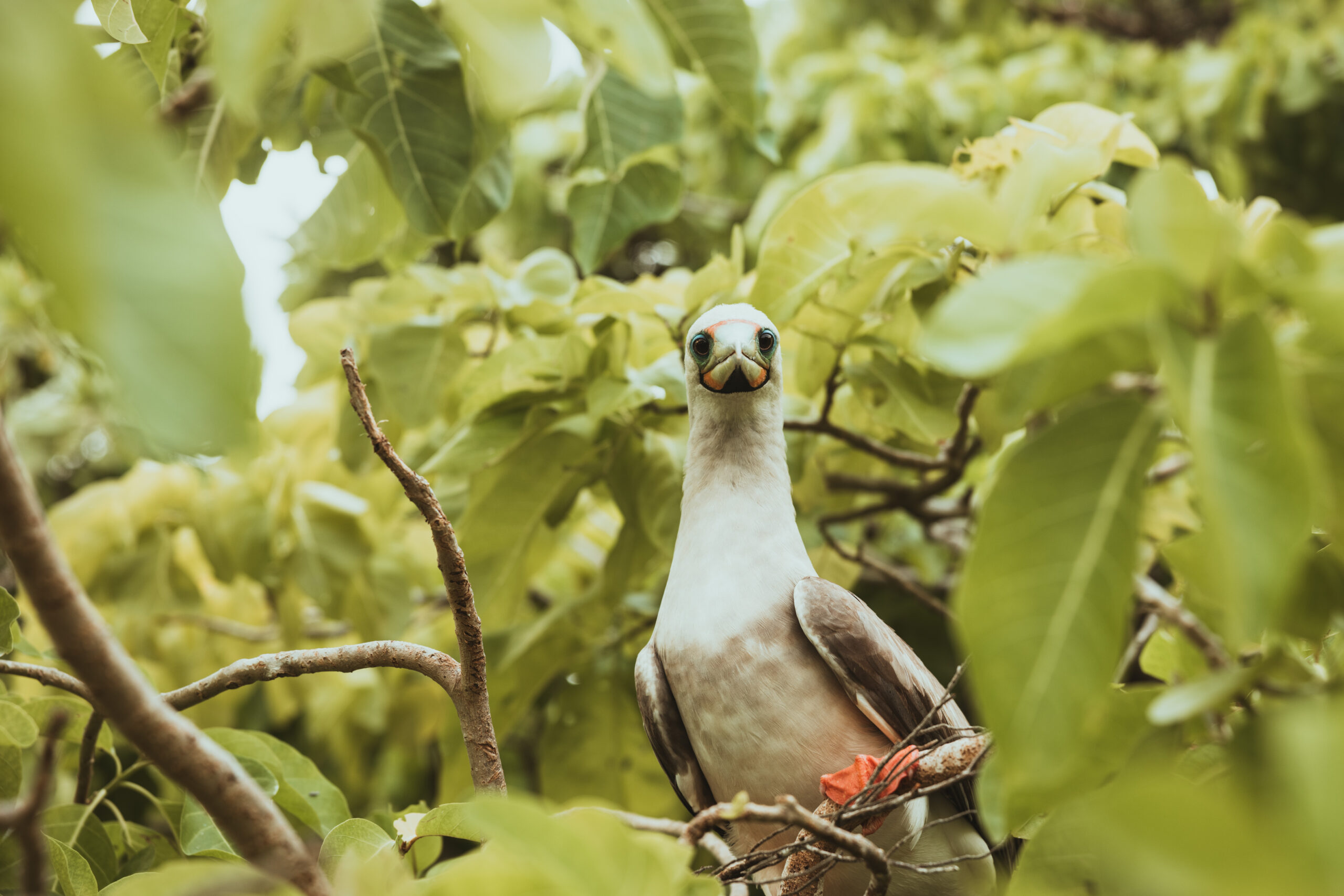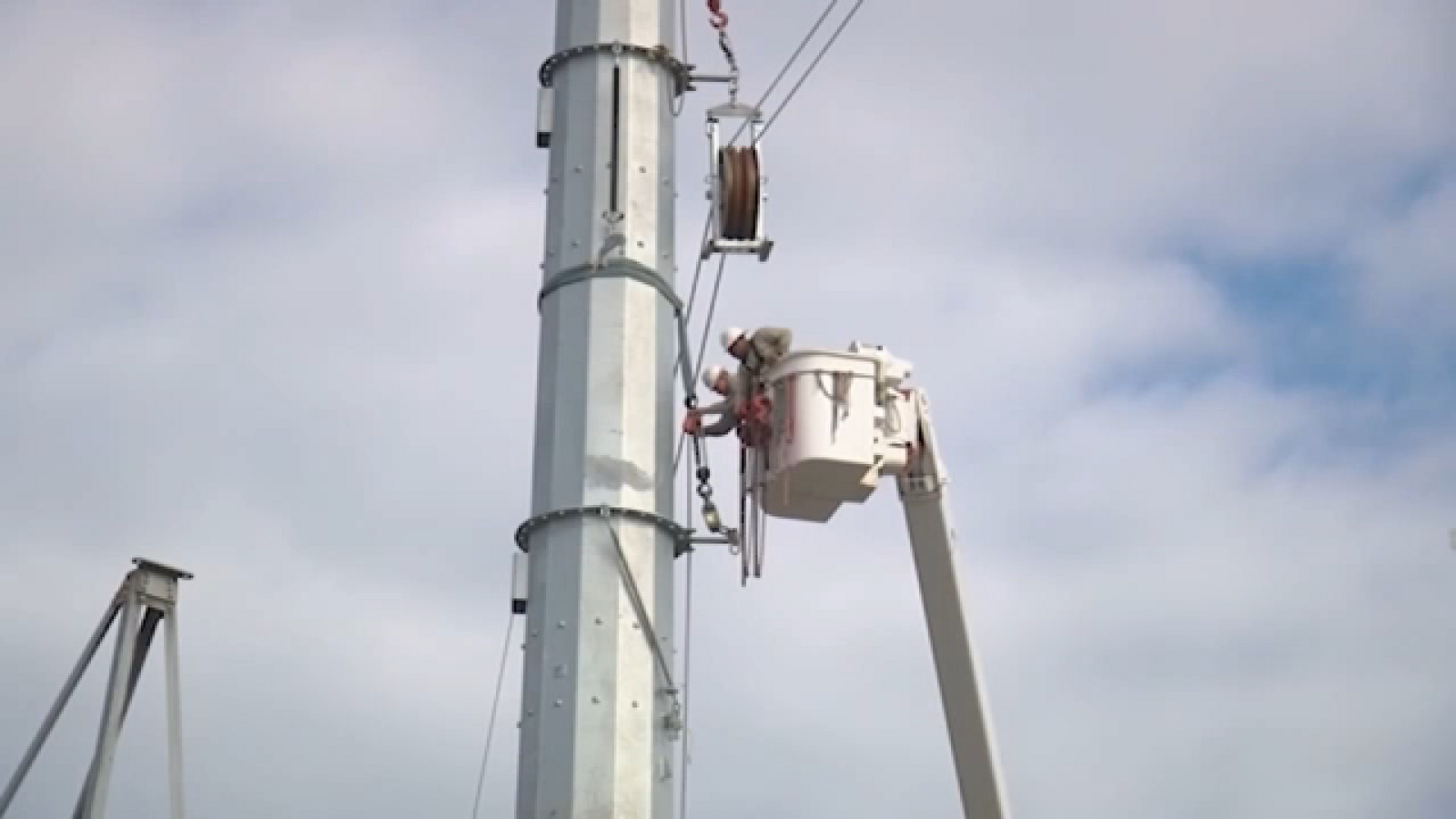‘Circular seabird economy’ critical for ocean, islands and people – Oceanographic Magazine

Report on Seabird Ecosystem Services and Alignment with Sustainable Development Goals
Introduction: The Critical Role of Seabirds in Ecosystem Connectivity
A recent study highlights the integral role of seabirds in connecting marine and terrestrial ecosystems through nutrient transfer. The decline of these populations poses a significant threat to achieving key Sustainable Development Goals (SDGs), particularly those related to environmental health and human well-being. Understanding and restoring these ecological links is presented as a critical pathway for sustainable development.
Addressing Knowledge Gaps for SDG 14 (Life Below Water) and SDG 15 (Life on Land)
The report identifies significant gaps in scientific understanding, which hinder conservation efforts aligned with SDG 14 and SDG 15. Effective ecosystem management requires a more integrated research approach.
- Knowledge Deficits: Major knowledge gaps exist concerning seabird impacts on vital but overlooked coastal habitats, including mangroves, seagrass beds, and oyster reefs.
- Research Integration: There is an urgent need to integrate marine and terrestrial research to fully comprehend the vast spatial scales over which seabirds influence ecosystems.
- Conservation Imperative: A comprehensive understanding of these connections is essential for developing effective conservation strategies that support both marine and island biodiversity, directly contributing to the targets of SDG 14 and SDG 15.
Seabird Restoration as a Nature-Based Solution for Global Goals
The study emphasizes that seabird recovery represents a powerful nature-based solution, capable of delivering cascading benefits that support multiple SDGs. Proven interventions can re-establish critical nutrient flows and restore ecological balance.
- Invasive Species Eradication
- Social Attraction Techniques
- Chick Translocation Programs
These restoration efforts contribute directly to:
- SDG 14 (Life Below Water) & SDG 15 (Life on Land): Reconnecting nutrient pathways rebuilds resilience in both marine and island systems, restoring biodiversity and ecosystem function.
- SDG 13 (Climate Action): Healthy coastal ecosystems, such as coral reefs and mangroves supported by seabird nutrients, enhance coastal protection and climate resilience.
- SDG 1 (No Poverty) & SDG 2 (Zero Hunger): Restored marine ecosystems support healthier fisheries, which are fundamental to the food security and livelihoods of coastal communities.
Integrating Technology and Traditional Knowledge for SDG 17 (Partnerships for the Goals)
Achieving a holistic understanding of seabird ecosystems requires a multi-faceted approach that combines modern science with traditional wisdom, reflecting the collaborative spirit of SDG 17.
- Emerging Technologies: New tools, including remote sensing, eco-acoustics, and environmental DNA (eDNA), are transforming the ability to monitor seabird impacts across diverse environments.
- Indigenous and Traditional Ecological Knowledge (ITEK): The report cautions that data alone is insufficient. Future research must embrace ITEK to create a comprehensive picture of the circular seabird economy and its cultural significance.
- Holistic Approach: This partnership between advanced technology and traditional knowledge is crucial for creating effective and culturally-aware conservation strategies.
Conclusion: Cascading Benefits of Seabird Conservation
The restoration of seabird-driven nutrient pathways is a critical intervention that can unlock widespread benefits for nature and humanity. As seabird populations decline, the risks to ocean and island ecosystems escalate. Conversely, their recovery offers a direct mechanism to advance global sustainability targets.
- Enhanced health of coral reefs and other coastal habitats.
- Improved sustainability and productivity of fisheries.
- Strengthened natural coastal protection.
- Secured livelihoods for communities dependent on marine resources.
Analysis of the Article in Relation to Sustainable Development Goals
1. SDGs Addressed or Connected
- SDG 14: Life Below Water
- SDG 15: Life on Land
- SDG 13: Climate Action
- SDG 17: Partnerships for the Goals
2. Specific Targets Identified
SDG 14: Life Below Water
- Target 14.1: By 2025, prevent and significantly reduce marine pollution of all kinds, in particular from land-based activities, including marine debris and nutrient pollution. The article focuses on restoring natural “nutrient flows” and “nutrient pathways” from seabirds, which is directly related to managing the balance of nutrients in marine ecosystems.
- Target 14.2: By 2020, sustainably manage and protect marine and coastal ecosystems to avoid significant adverse impacts, including by strengthening their resilience, and take action for their restoration in order to achieve healthy and productive oceans. The article explicitly discusses how seabird recovery can “restore ecosystem balance,” “rebuild resilience in both island and marine systems,” and provide “cascading benefits” for coral reefs, mangroves, and seagrass beds.
- Target 14.a: Increase scientific knowledge, develop research capacity and transfer marine technology… The article highlights “major knowledge gaps,” urges “greater integration between marine and terrestrial research,” and mentions emerging technologies like “remote sensing to eco-acoustics and environmental DNA” for monitoring seabird impacts.
SDG 15: Life on Land
- Target 15.5: Take urgent and significant action to reduce the degradation of natural habitats, halt the loss of biodiversity and, by 2020, protect and prevent the extinction of threatened species. The article is centered on the problem of declining seabird populations and the need for their restoration to halt biodiversity loss and its consequences.
- Target 15.8: By 2020, introduce measures to prevent the introduction and significantly reduce the impact of invasive alien species on land and water ecosystems and control or eradicate the priority species. The article explicitly names “invasive species eradication” as a “proven intervention” for seabird recovery.
SDG 13: Climate Action
- Target 13.1: Strengthen resilience and adaptive capacity to climate-related hazards and natural disasters in all countries. The article mentions that restoring nutrient pathways can “rebuild resilience” and provide benefits for “coastal protection,” which is a key nature-based solution for adapting to climate change impacts like sea-level rise and storm surges.
SDG 17: Partnerships for the Goals
- Target 17.16: Enhance the Global Partnership for Sustainable Development, complemented by multi-stakeholder partnerships… The article calls for collaboration by urging “greater integration between marine and terrestrial research” and stating that “Future research must embrace Indigenous and traditional ecological knowledge to create a more holistic picture.”
3. Indicators Mentioned or Implied
SDG 14: Life Below Water
- Implied Indicator for Target 14.2: The health and extent of marine habitats. The article implies that progress can be measured by observing the recovery and health of “coral reefs, fisheries, coastal protection” and overlooked habitats like “mangroves, seagrass beds, and oyster reefs” following seabird restoration.
SDG 15: Life on Land
- Implied Indicator for Target 15.5: Seabird population trends. The article’s central theme is the decline of seabird populations. Therefore, monitoring the size and stability of these populations would be a direct indicator of conservation success.
- Implied Indicator for Target 15.8: Number of successful invasive species eradication projects. The article identifies this as a “proven intervention,” suggesting that tracking the implementation and success of such projects is a measure of progress.
SDG 17: Partnerships for the Goals
- Implied Indicator for Target 17.16: Number of research and conservation projects incorporating Indigenous and traditional ecological knowledge. The article explicitly calls for future research to “embrace Indigenous and traditional ecological knowledge,” making its inclusion a measurable indicator of a more holistic, partnership-based approach.
4. Summary Table of Findings
| SDGs | Targets | Indicators |
|---|---|---|
| SDG 14: Life Below Water | 14.2: Sustainably manage, protect, and restore marine and coastal ecosystems to strengthen their resilience. | Health and extent of marine habitats (coral reefs, mangroves, seagrass beds). |
| SDG 15: Life on Land | 15.5: Halt the loss of biodiversity and prevent the extinction of threatened species. 15.8: Prevent and reduce the impact of invasive alien species. |
Seabird population trends. Number of successful invasive species eradication projects. |
| SDG 13: Climate Action | 13.1: Strengthen resilience and adaptive capacity to climate-related hazards. | Level of coastal protection provided by restored ecosystems. |
| SDG 17: Partnerships for the Goals | 17.16: Enhance partnerships, including multi-stakeholder and those using different knowledge systems. | Number of projects incorporating Indigenous and traditional ecological knowledge. |
Source: oceanographicmagazine.com
What is Your Reaction?
 Like
0
Like
0
 Dislike
0
Dislike
0
 Love
0
Love
0
 Funny
0
Funny
0
 Angry
0
Angry
0
 Sad
0
Sad
0
 Wow
0
Wow
0


















































.jpg.webp?itok=0ZsAnae9#)



/environment-climate-change-and-health-(ech)/water-sanitation-hygiene-and-health-(wsh)/landfill-tuvalu-36092.tmb-1200v.jpg?sfvrsn=5c21fe40_1#)



















